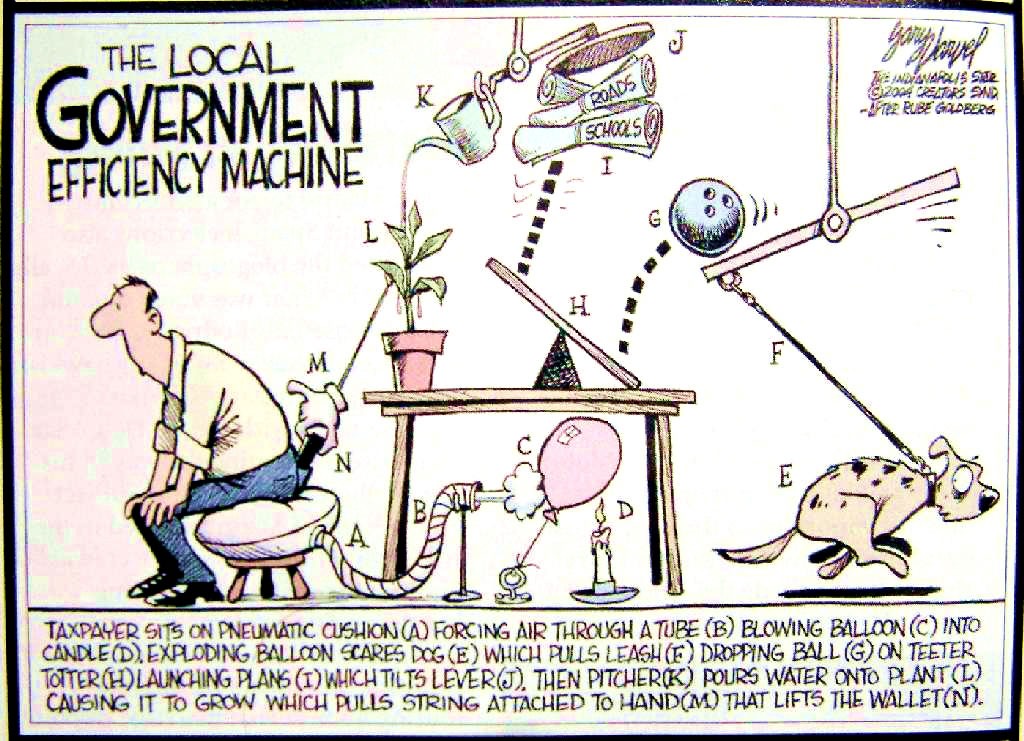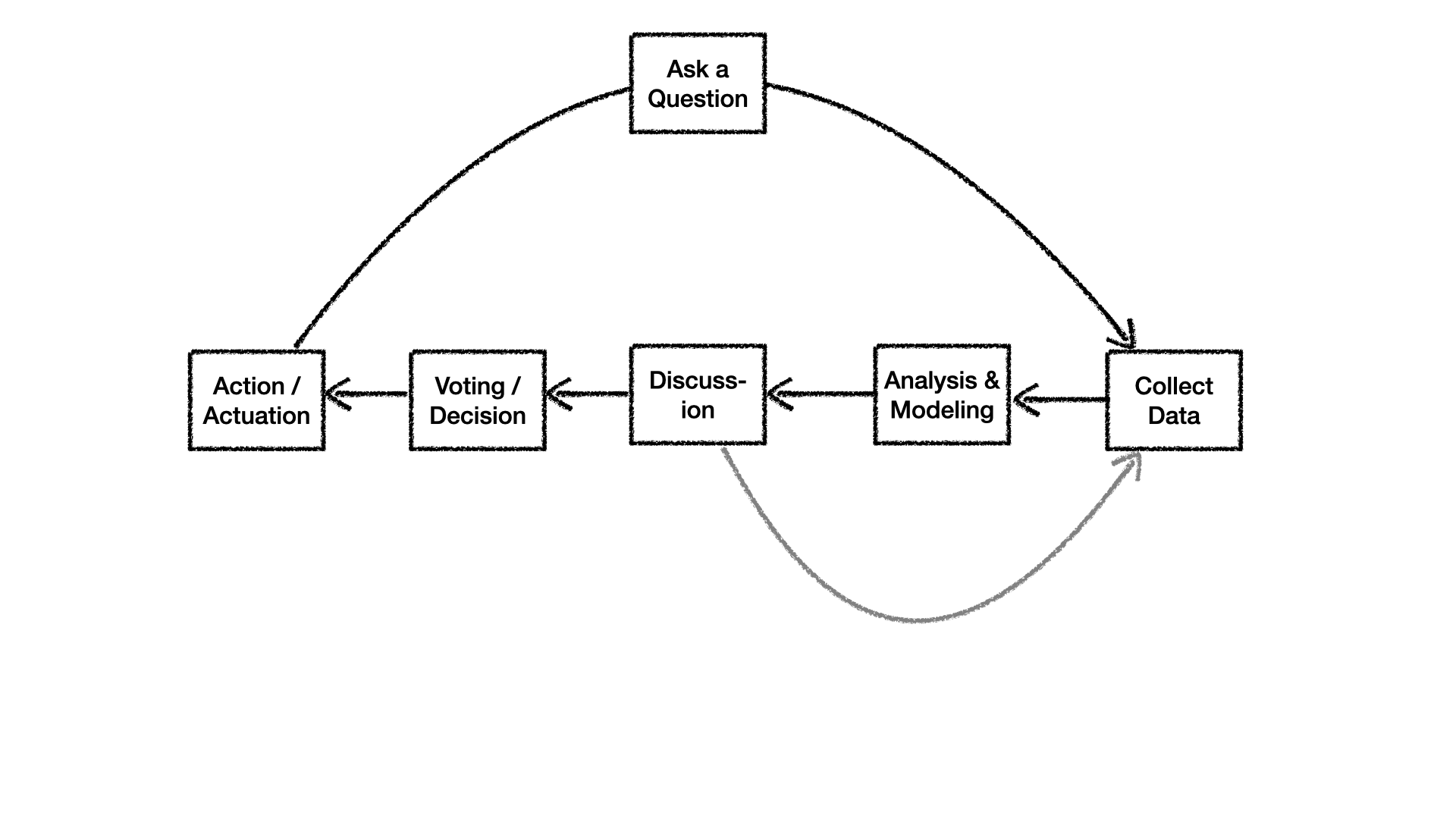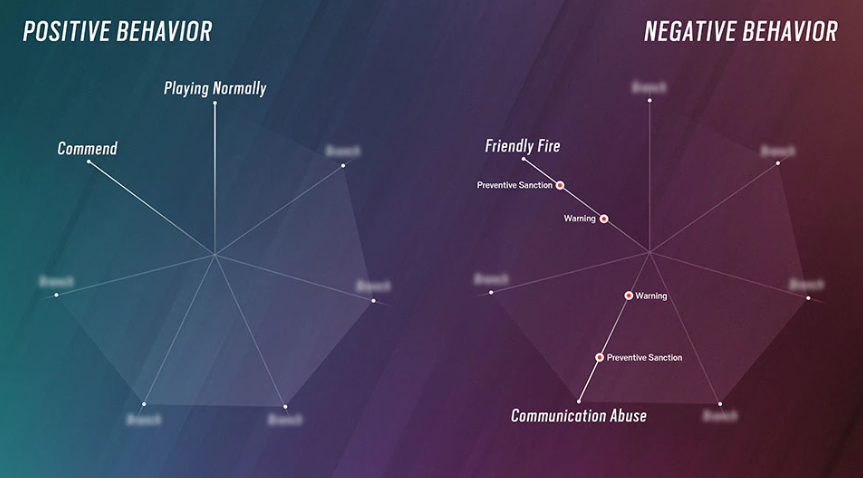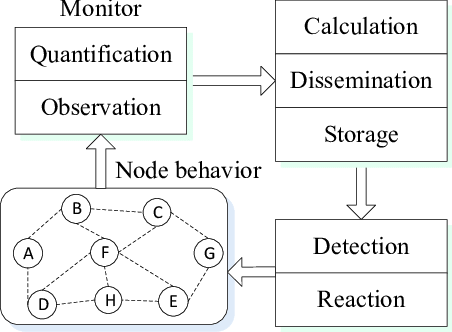
Apr 26•4 min read
Modern Economical Nonsense - Design A Reputation-Based System

This article is sponsored by the MixPay Content Reward Program. MixPay is a decentralized crypto payment service platform built on Mixin Network. MixPay, Payment for Web3.
Have you ever been judged by others about your reputation or accountability? Everyone has their checklist about someone’s accountability in their mind. How about there is a bank of accountability on the internet? What is the goal of a reputation-based system? Or should we have a better system to implement?
Let’s explore.

Table of Content
What is a Reputation-Based System
Functions
Models
Example of Centralized System
Example of Decentralized System
Design Thinking about Reputation System
Alternative Design
In Conclusion
What is a Reputation-Based System
It is a system that “formalizes the process of gathering, aggregating, and distributing information about individuals’ past behavior”
or a system to verify your accountability through the past history of records.
Functions
The system has three core functions:
Determine trustworthiness
Incentivize for good behavior
Deterrent to misbehavior
Models
There are two extreme models: centralized and decentralized, with three different approaches:
Subjective reputation system
Objective reputation system
Hybrid reputation system
The centralized system: you have a central authority to keep a record of data and review the algorithms
The decentralized system: it depends on peer-to-peer review, and algorithms become self-feeding loops
Both systems can be subjective or objective. Likely they will implement hybrid systems to improve the accuracy of the result.
Example of Centralized System

Amazon is one of the largest reputation systems that is built to process customer purchase decision-making.
They gather data through customer purchase records, re-categorize the data and distribute it through their criteria score system. Then they will generate a reputation score for a centralized review team to improve the result while optimizing the algorithm.
Example of Decentralized System

Image credit: https://docs.neworder.network/new-order/protocol-overview/governance/computer-aided-governance
From one of New Order DAO, reputation is created through a question and answer process. Data are collected through question-asking. The result of the discussion then produces a decision voting process with action to conclude. Then, contributors will receive incentives after the procedure to boost their reputations.
Although it may not seem like a traditional process of the reputation system, it reflects how members can accumulate their reputation in the DAO.
Design Thinking about Reputation System
How can one design its reputation system?
The core idea: capitalizing on the motivational power of reputation
There are two ways to incentivize reputation: through a scoring system indirectly or through a credit system in a direct way.
Amazon is using an indirect way as a scoring system to give users visualization about how sellers performed works in the past with comments that further detail the history.
Some DAO give contributing members tokens that record on the blockchain for everyone to explore as a direct way to incentivize motivation to perform more contributions to the space.
You want to ask three questions to define your reputation system further:
How to align your key business objectives in the reputation system
What information include in the reputation profile
How to display the reputation score
One of the largest gaming companies, Ubisoft came up with reputation management to promote good behavior and sanction bad behavior in their game Rainbow Six Siege.



Image credit: https://www.ubisoft.com/en-us/game/rainbow-six/siege/news-updates/1tjFZoNSJycILiLUjMyw7X/devblog-reputation-system
Players’ actions are judged by reputation score through two layers: actions and branches. Results of gaming actions will put you into specific categories, either being to be supportive or being to be sanctioned.
Alternative Design
Of course, one will suggest such a system is very biased. However, you can still design your system more autonomically. With a self-looping and self-feeding system, one can prevent bias in the system.

Image credit: https://www.researchgate.net/figure/Reputation-system-and-its-functional-components_fig2_251907884
However, constant monitoring is still required to ensure the algorithm is justified.
In Conclusion
The reputation system is everywhere nowadays, whether you like it or not. However, the system will continue improving through different ideas and organizations.

Photo by Element5 Digital on Unsplash
Resource
https://en.wikipedia.org/wiki/Reputation_system
https://docs.neworder.network/new-order/protocol-overview/governance/computer-aided-governance
https://www.researchgate.net/figure/Reputation-system-and-its-functional-components_fig2_251907884
